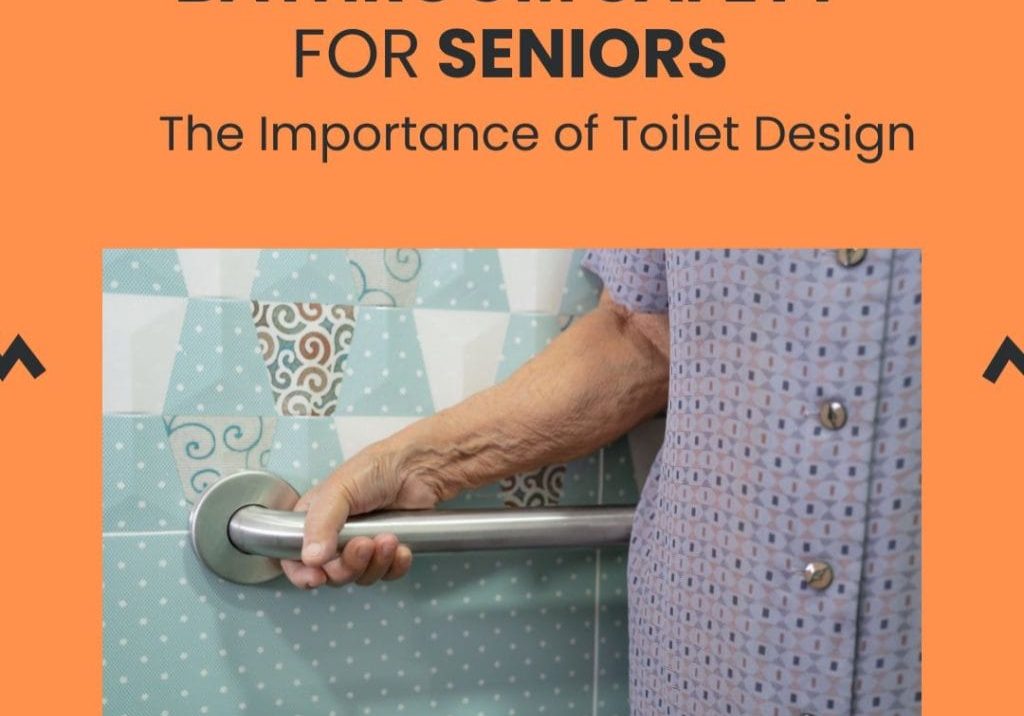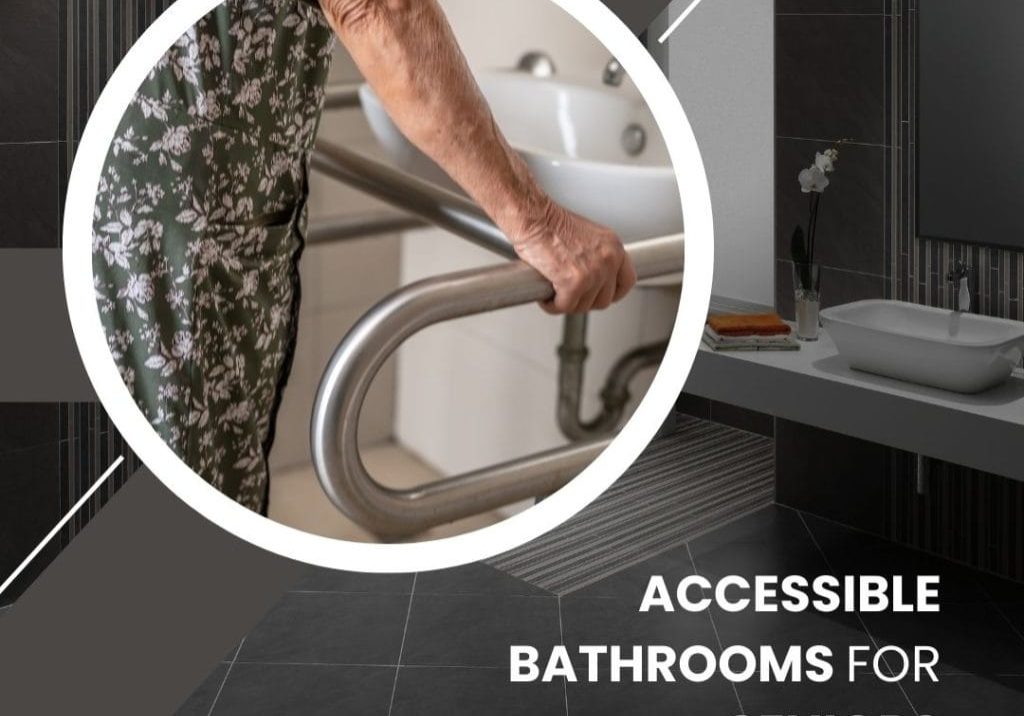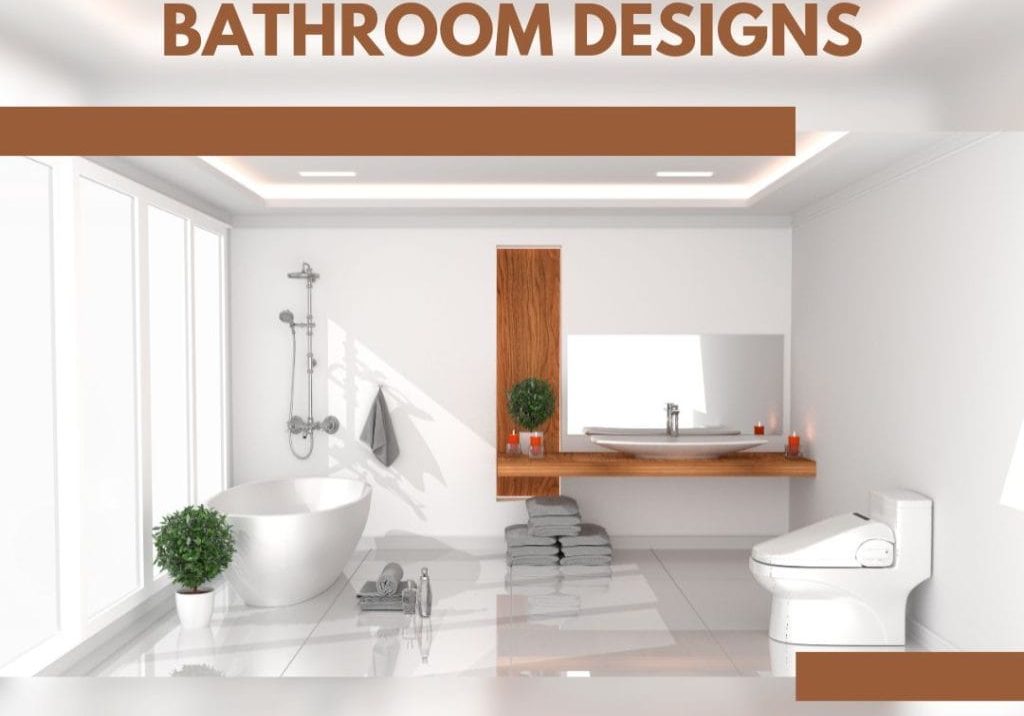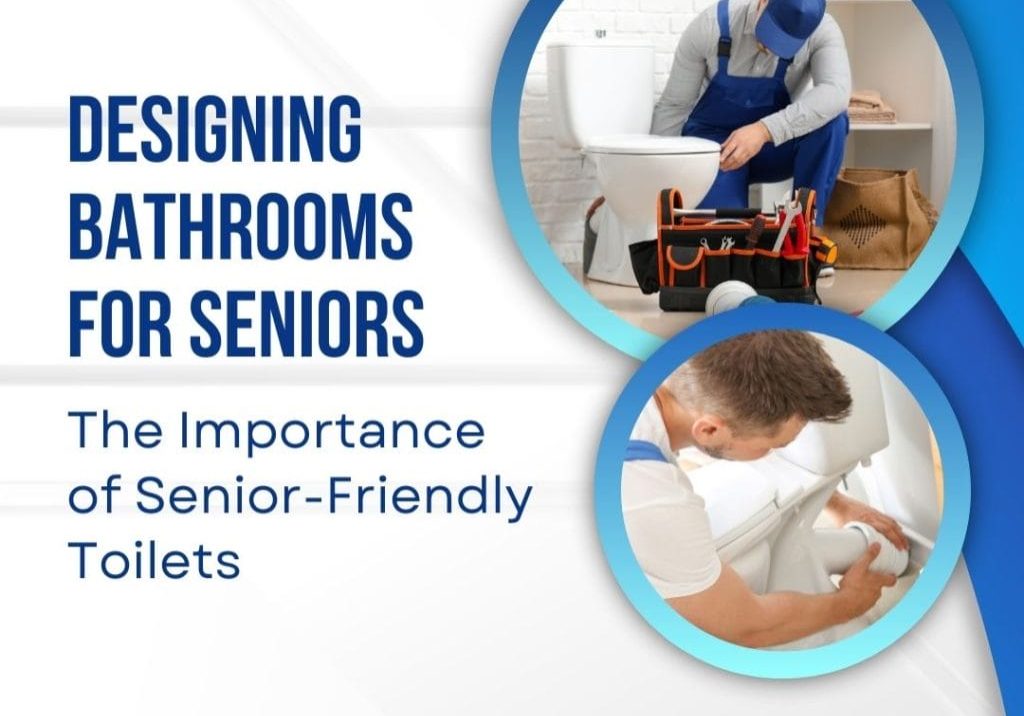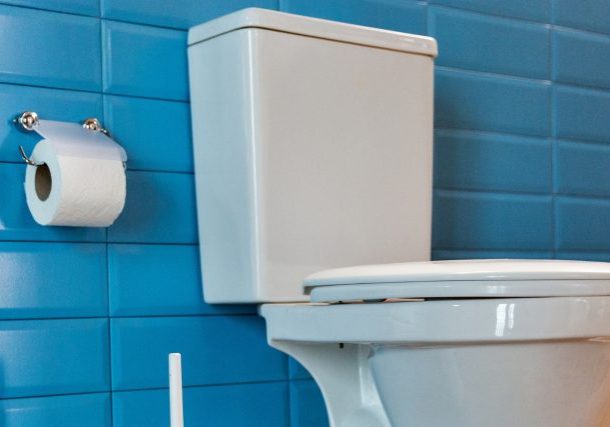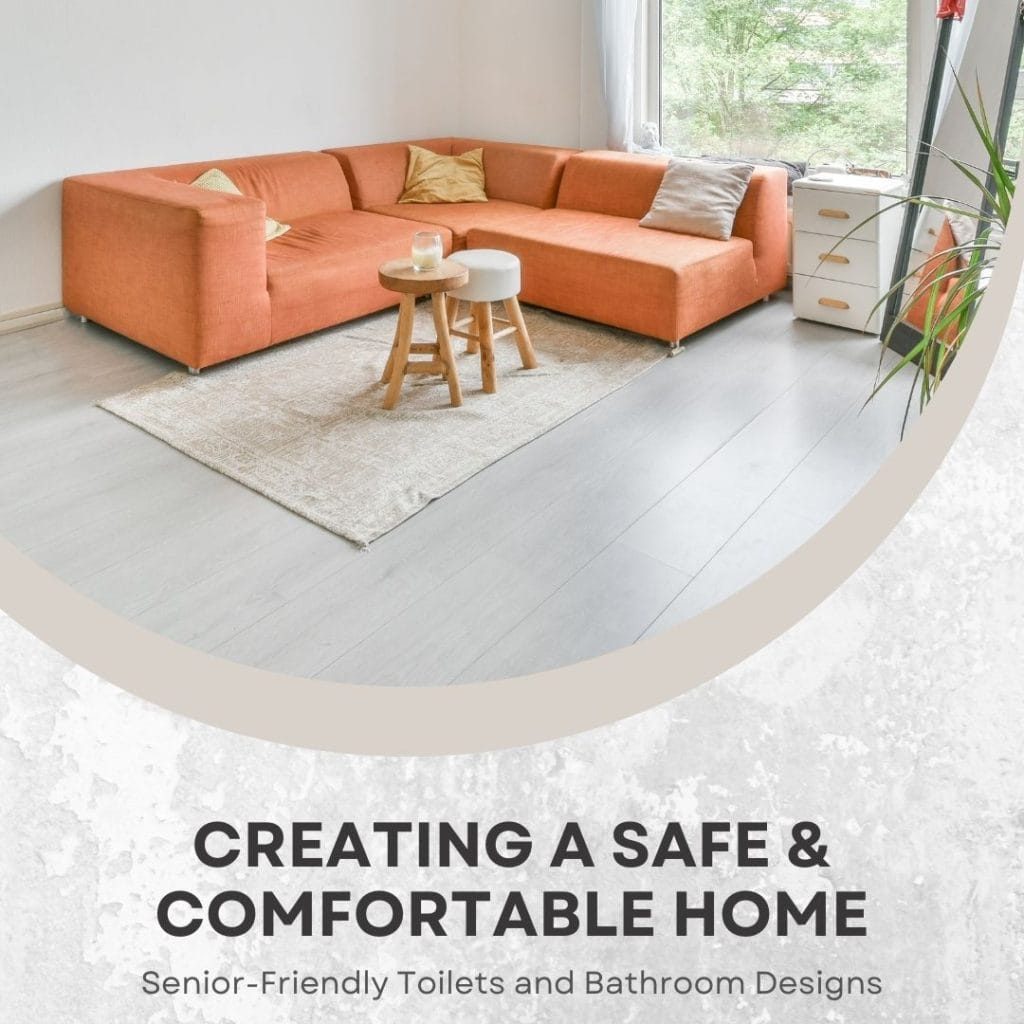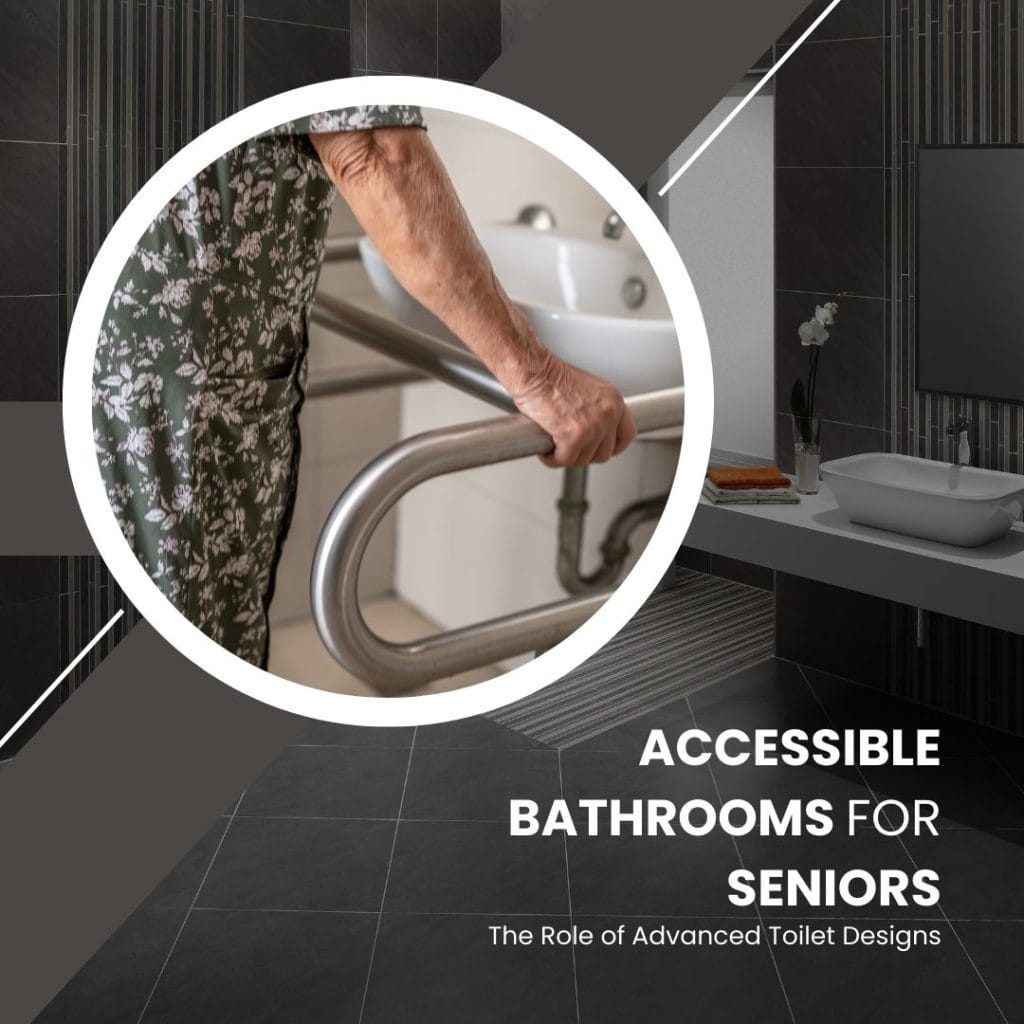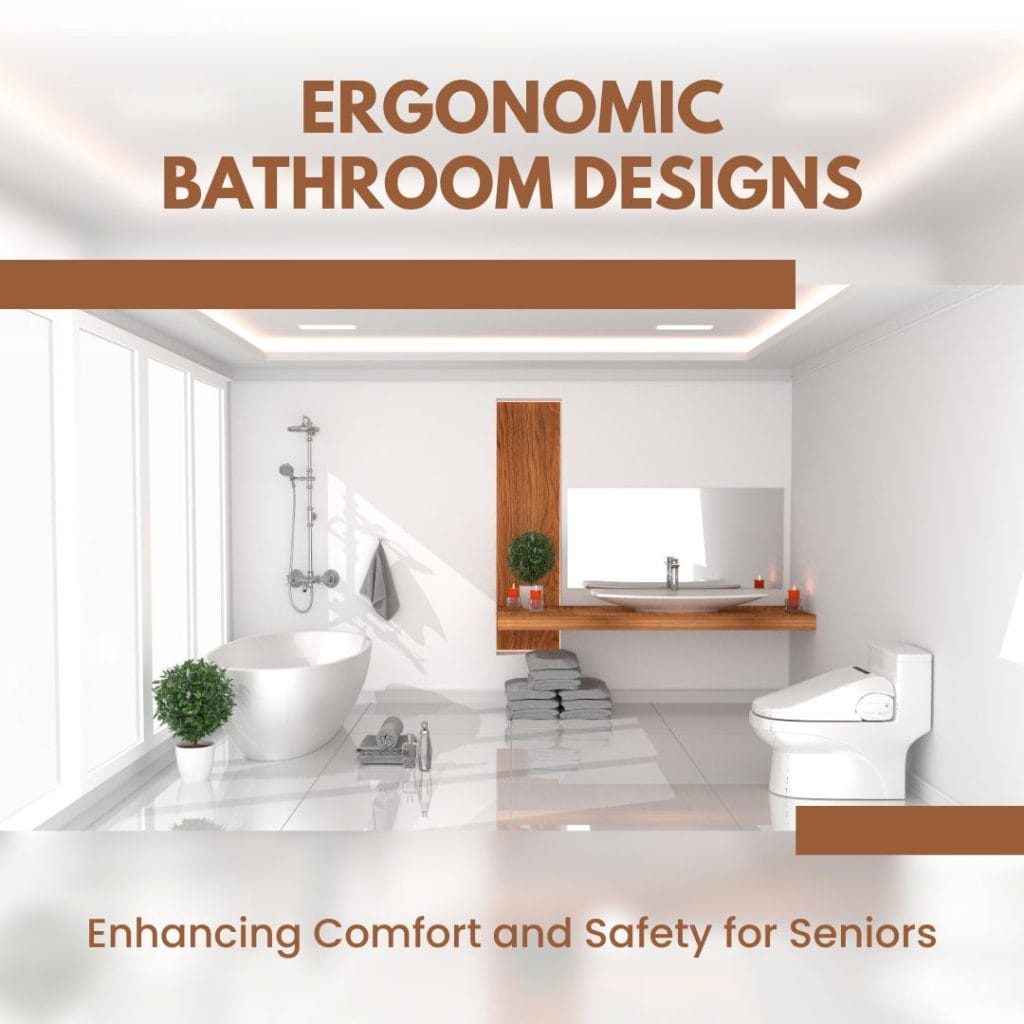There comes a point in a lot of people’s lives where moving around with a little extra help is a necessity. Walkers and rollators provide great support for those suffering from conditions like arthritis, hip and back problems, and severe respiratory issues that impact endurance.
The right type of walker and the right instruction can help your mobility increase greatly. “If you are choosing a four-wheeled walker, I would recommend splurging a little,” explains Utah-based doctor of physical therapy Alyssa Kuhn. “I have found that the less expensive models tend to have less durability and need to be replaced much more frequently.”
We researched dozens of walkers and evaluated them based on their reviews, folding capabilities, ease of use and assembly, weight limits, and added features.
A family medicine physician from our Medical Expert Board then reviewed the contents of this article for medical accuracy including what to look for in walkers, who should be using them, and various safety concerns.
Exploring Adaptive Walking Gear: A Guide to Modern Walkers for Seniors
Walker Selection: Considering Factors
When selecting a walker, there are several factors to consider. Firstly, the user’s physical condition and specific needs should be at the forefront of decision-making. This includes assessing the person’s strength, balance, and endurance. It’s also essential to consider the user’s environment, such as the kind of terrain they will be frequently traversing and whether they will need to transport the walker in a vehicle regularly.
Types of Walkers
There are various types of walkers available on the market, each designed to cater to specific needs. The most common types include standard walkers, two-wheel walkers, and four-wheel walkers (or rollators). Standard walkers offer the highest level of stability but require more strength to use, whereas rollators are less stable but easier to maneuver and often come with a seat and storage space.
Safety Tips for Walker Usage
Safety should be a top priority when using a walker. It’s imperative to maintain good posture, avoid carrying heavy items while using the walker, and keep the walker within an arm’s reach when standing or sitting. Also, regular maintenance of the walker, specifically checking for wear and tear, can prevent accidents and prolong the equipment’s lifespan. It’s also crucial to always consult a healthcare professional before using any mobility aid.
Other Considerations
Apart from the physical aspects of selecting and using a walker, it’s essential to consider the emotional impact on the user. Some individuals may feel self-conscious or embarrassed about using a walker, but it’s vital to remember that this piece of equipment is meant to improve their quality of life and independence. Encouragement and support from loved ones can make a significant difference in helping seniors adapt to using a walker.
What to Look for in Walkers for Seniors
Wide, Padded Seats
When it comes to seating, wider is always better. Even if you don’t necessarily require all that space, it’s comforting to have more than enough room for your entire body to relax in complete comfort. Additionally, it’s important to ensure that the seat is equipped with ample padding, particularly if you tend to take extended breaks.
Soft, Ergonomic Grips With Brakes
If you experience arthritis or have difficulty with dexterity, it is crucial to find a walker with grips that accommodate your hands. Additionally, ensuring that the brake and folding mechanisms are designed for easy use is important. Your hands should not be strained when using a tool intended to simplify your life.
When it comes to proper brakes, do not overlook this essential safety feature or assume you will never need to use it. Brakes are a critical component of any walker, especially if the user is unstable on their feet.
Dr. Kuhn advises, “Prior to purchasing a walker, ensure you inspect the brakes as they can often become defective.”
Lightweight
If you prefer being active and mobile, it’s important to choose a lightweight walker without excessive add-ons that could slow you down. According to Dr. Kuhn, four-wheeled walkers are often heavy and difficult to handle, while traditional two-wheeled walkers are generally lighter. However, it’s crucial to ensure that the two-wheeled walkers can be easily folded for storage or transportation purposes.
Conclusion
Finding the right walker for seniors can greatly improve their mobility, independence, and overall quality of life. When selecting a walker, consider factors such as physical condition, environment, and safety features. It’s also important to provide emotional support and encouragement to seniors adapting to using a walker. Choose a walker with wide, padded seats, soft ergonomic grips with brakes, and lightweight construction for ease of use. With the right walker and proper guidance, seniors can continue to enjoy an active lifestyle with added support and stability. So, it’s essential to keep exploring and understanding adaptive walking gear to find the best fit for you or your loved ones.


